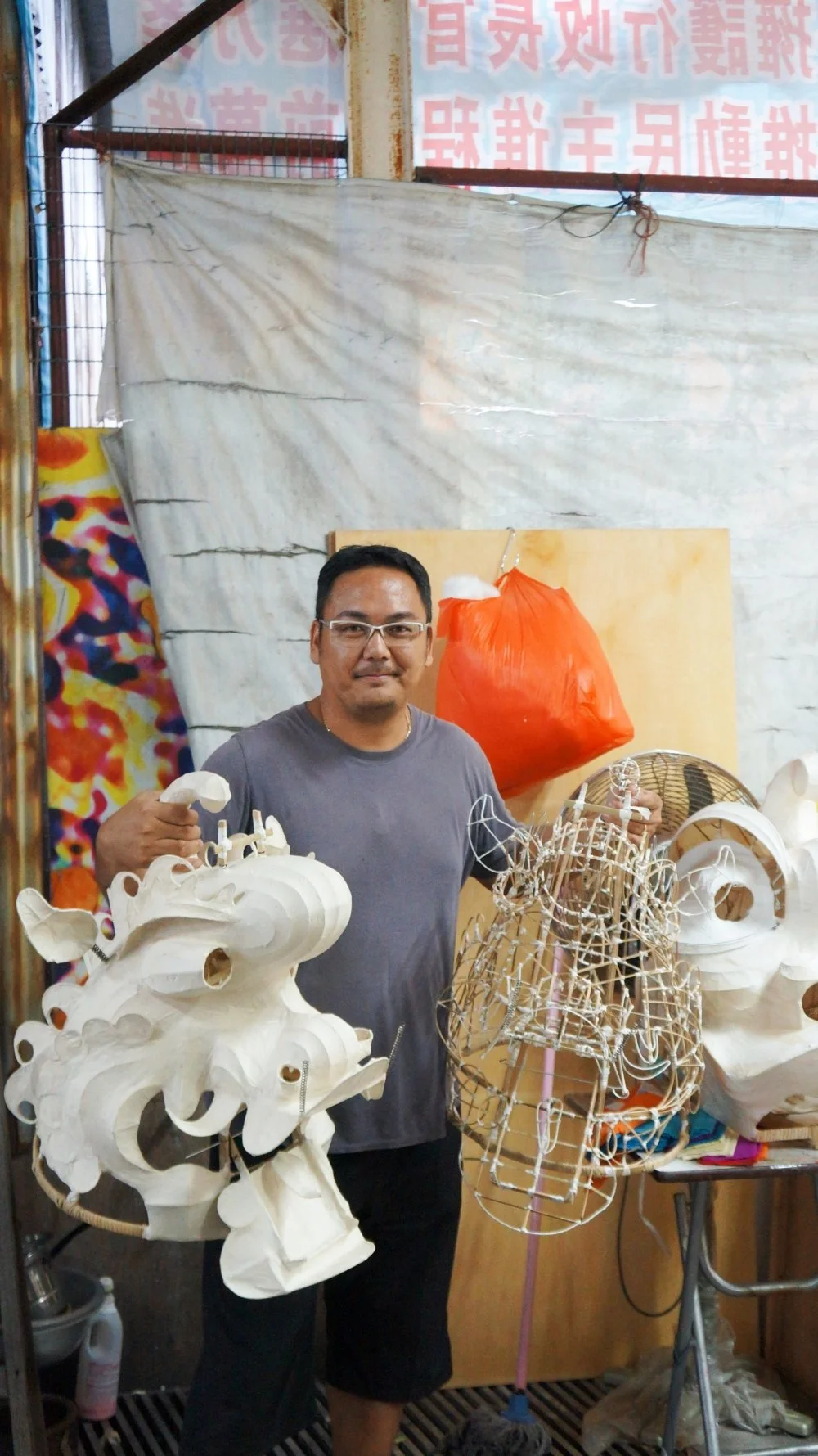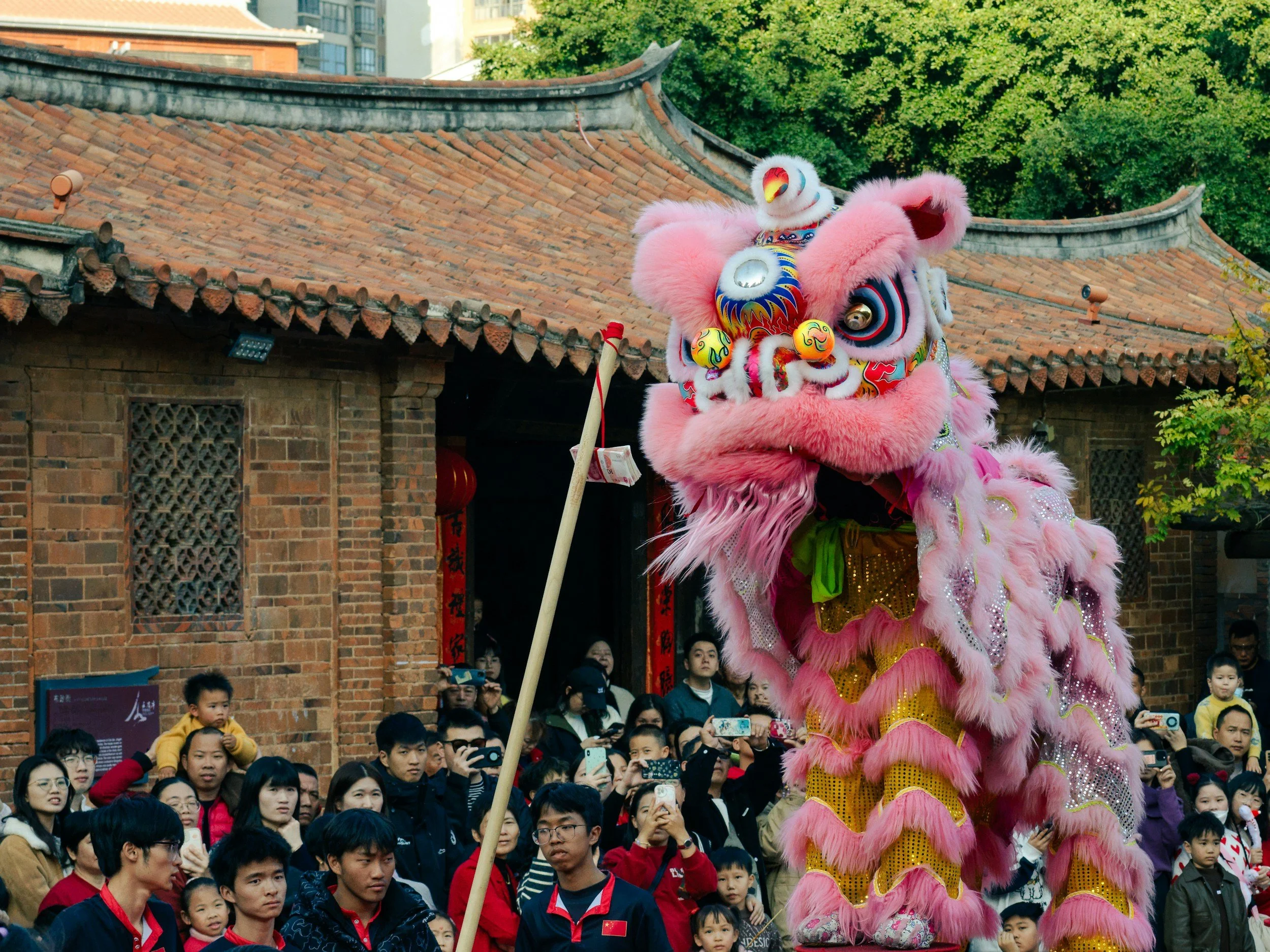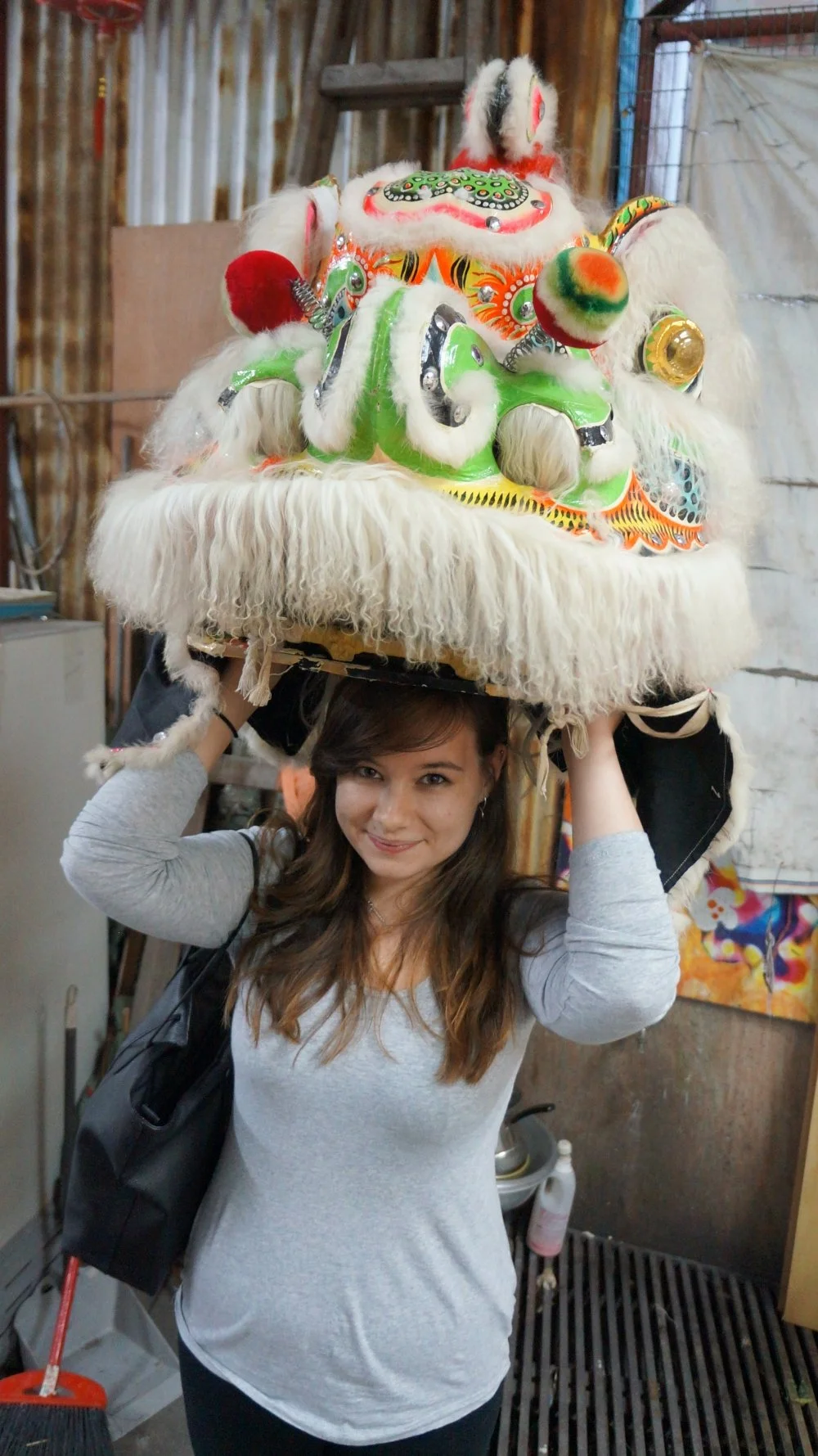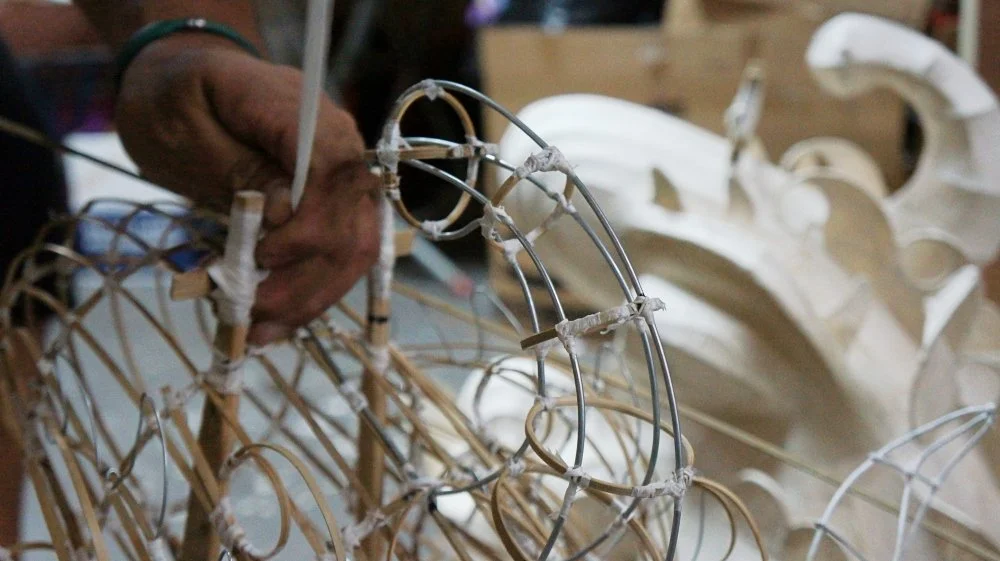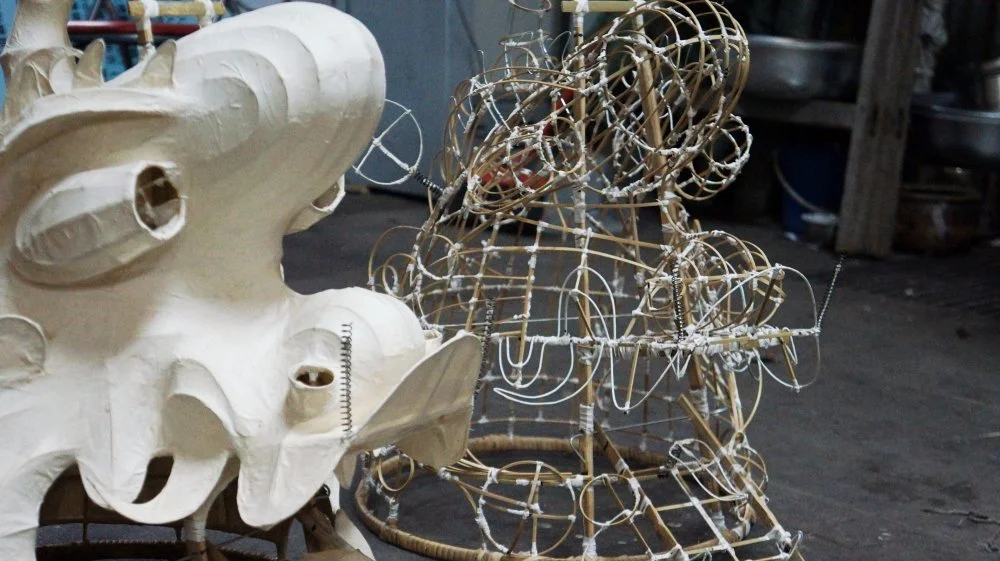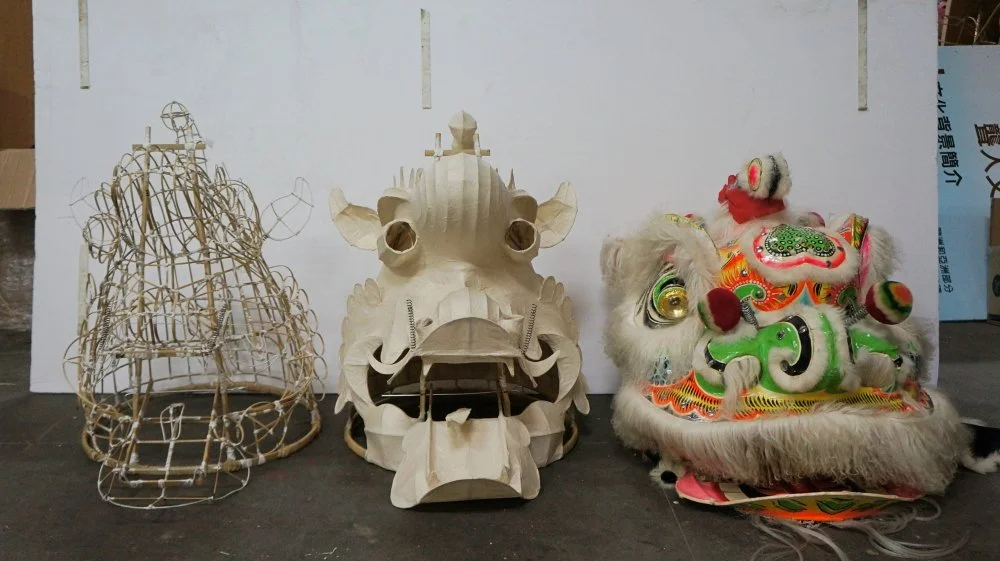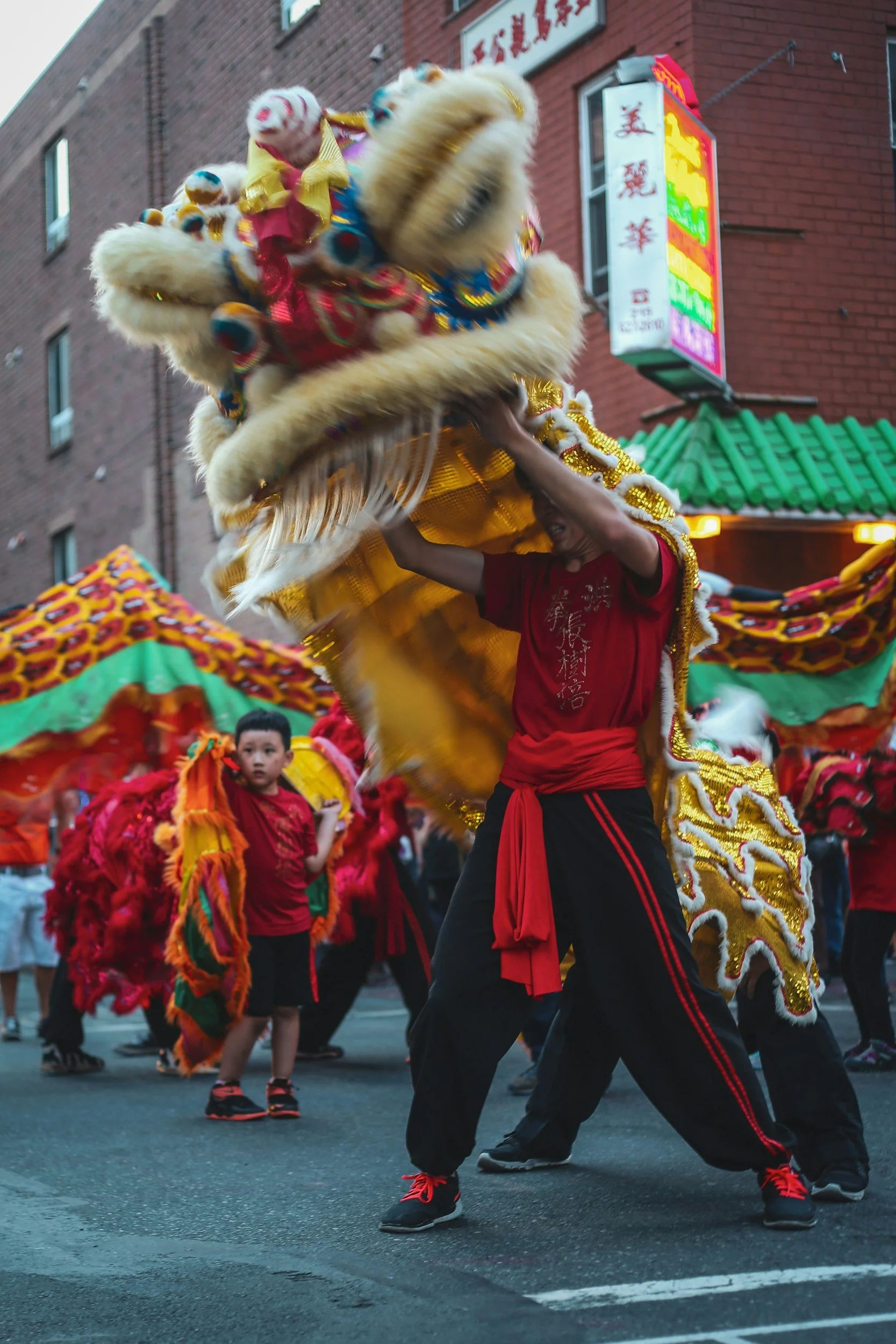Meet Ken Mo: The Artisan Preserving Hong Kong’s Dying Art of Lion & Dragon Head Making
As Lunar New Year approaches, many of us are reminded of childhood memories filled with crashing cymbals, roaring drums and the lively movements of lion and dragon dancers sweeping through streets, malls and neighbourhoods. These performances are more than just festive entertainment, they are a centuries-old cultural tradition believed to bring good luck, drive away evil spirits, and unite communities.
Yet behind the joyful spectacle lies a fading art form. The traditional craft of making lion, dragon and unicorn dance heads – once practiced widely across southern China – is now sustained by only a handful of artisans. Industrial production, rising costs, and a shift toward modern lifestyles have caused the number of craftspeople to decline rapidly.
One of the few remaining masters is Ken Mo, a Hong Kong–based artisan who continues to build lion and dragon heads entirely by hand in his workshop in Yuen Long. Step inside, and you’ll understand immediately why his work matters.
The Cultural Significance of Lion & Dragon Dance
Lion Dance
Usually performed in pairs, lion dances represent bravery, prosperity, and protection. They are believed to scare away bad spirits and usher in good fortune.
Dragon Dance
Dragons symbolise strength, dignity, and auspicious power. The longer the dragon, the stronger its blessing – which is why communities often pool resources to commission elaborate dragons for special occasions.
Both art forms rely on meticulously crafted heads, traditionally handmade using bamboo, wire, papier-mâché and layers of paint, fur and decorative accents.
Inside the Workshop: A World of Colour, Craft, and Heritage
Stepping into Ken’s workshop in Yuen Long feels like crossing a threshold into another era.
Dozens of lion and dragon heads – in fiery reds, electric blues, golds, blacks and neon greens – stare back at you from every corner. Bamboo poles line the walls. Rolls of fabric spill across worktables. Half-finished frames rest on the floor like skeletal outlines waiting to come alive.
It is overwhelming in the best way: chaotic, creative, and deeply human.
How a Lion or Dragon Head is Made (Step-by-Step)
Watching the process unfold makes you appreciate each performance in an entirely new light. What seems effortless on stage is the result of many intensely detailed hours of work.
1. Bamboo Bending & Framework
Ken begins by hand-bending thin strips of bamboo into precise curves. These are bound together with wire to form the foundational structure — surprisingly firm, yet flexible enough to withstand lively choreography.
2. Gauze & Papier-Mâché
Once the frame is complete, it is covered with layers of gauze and papier-mâché. This stage gives the head its smooth surface and strength.
3. Drying, Smoothing & Shaping
After drying, the head is trimmed, sanded, and refined. Every contour — from the curve of the mouth to the bulge of the eyebrows — is shaped by hand.
4. Painting & Pattern Work
Bold colours come next. Traditional motifs, swirling patterns, outlines, pupils, whiskers and lucky symbols are carefully painted on, layer by layer.
5. Trimmings & Final Touches
Fur, sequins, fabrics, mirrors, and bells give the head its final personality. This is where each lion or dragon becomes truly unique.
The result is a durable, expressive piece of cultural art — one that will later leap, blink, roar and dance through the hands of skilled performers.
A Craft at Risk
As impressive as the art is, its future is uncertain.
Many older masters have retired with no apprentices. Younger generations, facing high rents, lower demand for handcrafted pieces, and more modern career paths, rarely enter the trade.
Ken is one of the few still committed to preserving traditional methods – not simply for the sake of technique, but for cultural continuity. His work represents a living link between past and present, one performance at a time.
Ken Mo’s dedication shines through his quiet precision and the patience he brings to every stage of the process. While our upcoming full interview will share more about his journey, challenges, inspirations, and hopes for the future, even a brief visit to the workshop reveals his devotion.
You can see it in the bamboo shavings on the floor, the half-painted heads drying on shelves, and the way he handles each piece – with respect for its heritage and excitement for its eventual life in motion.

